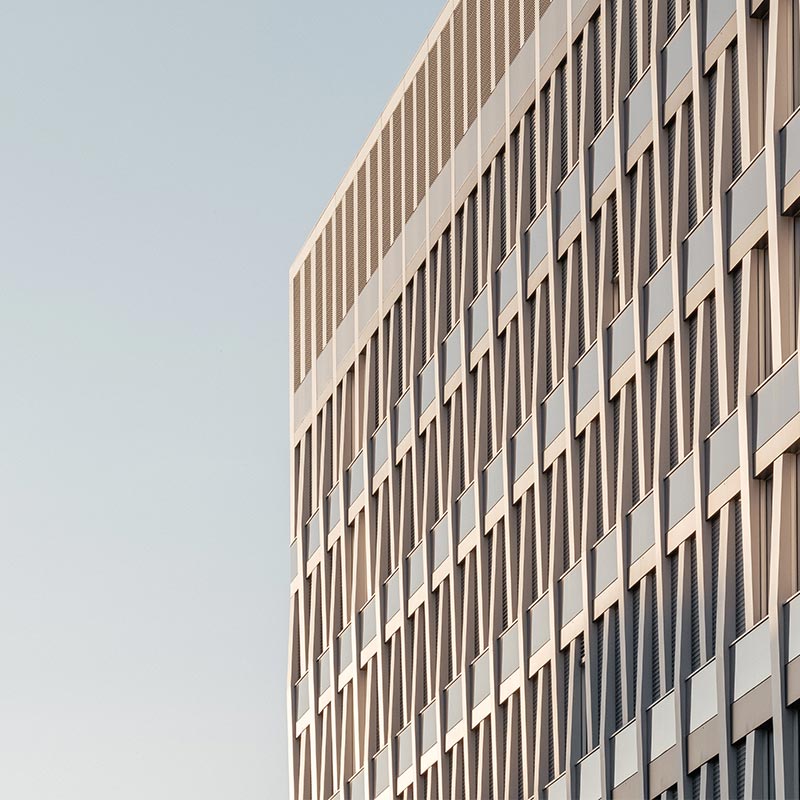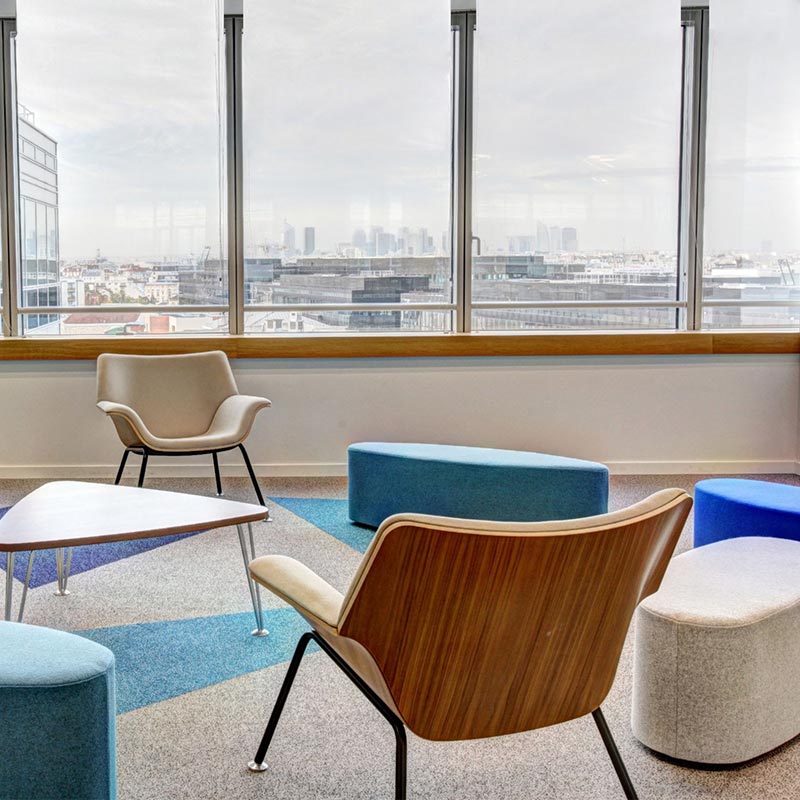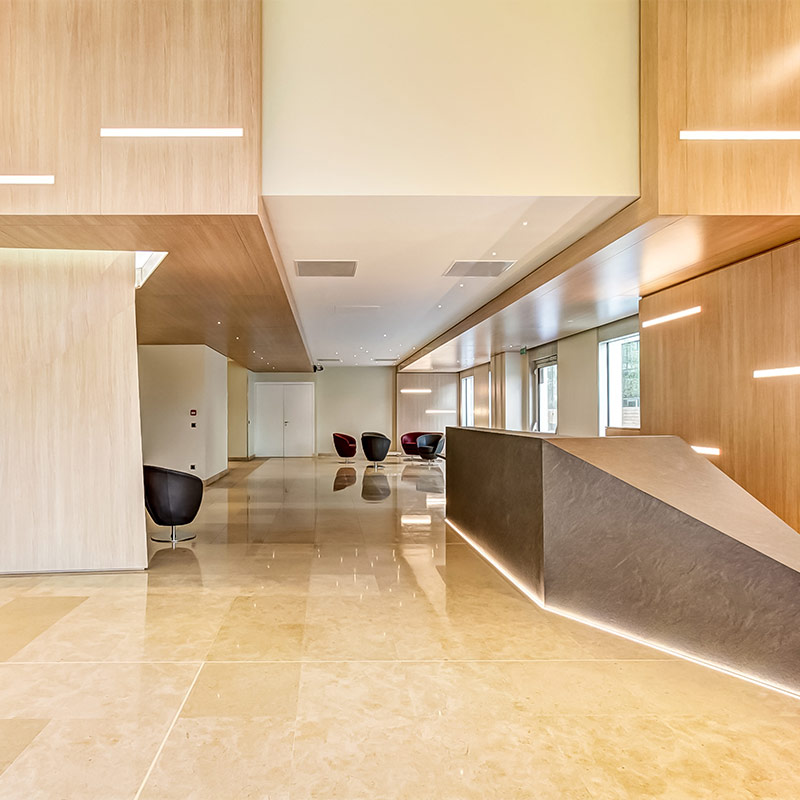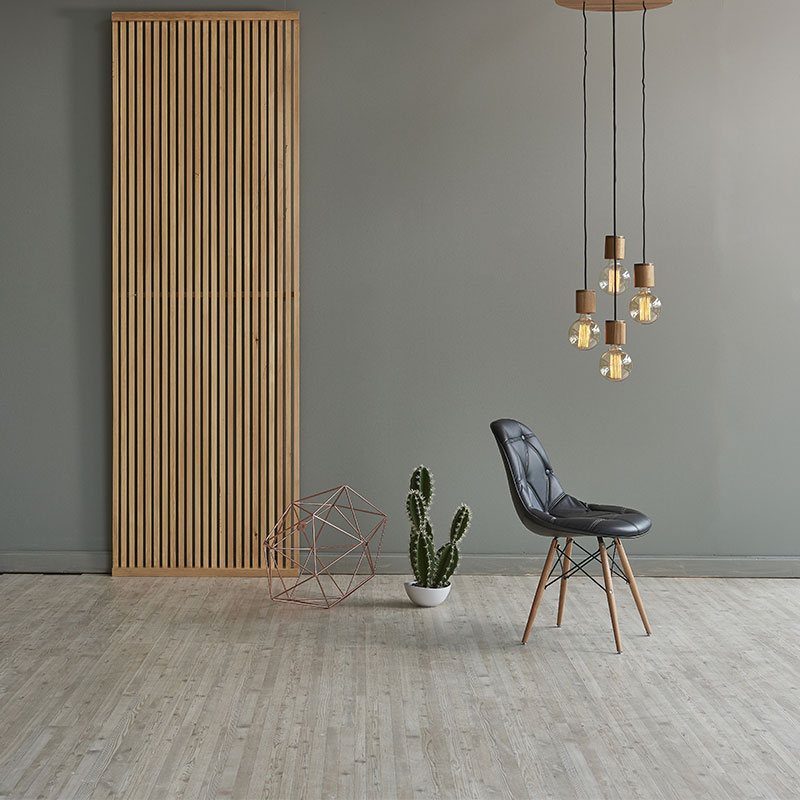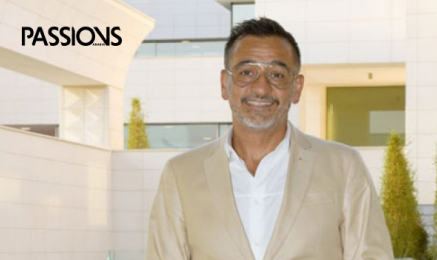
The Work of HZMB Architects – Hamed Zubaid and Mona Al-Baghli
Before looking at the work, and process, of HZMB Architects, one of Kuwait’s leading architecture practises, it is, perhaps, appropriate to take a moment and reflect on what architecture and an architect is. While art and artists may legitimize themselves through a specific object or even an event, architecture – by necessity – dissolves into a blur of buildings. Under all of its constraints of engineering safety, function, climate responsibility and economy, architecture transcends to inspire us with ideas using merely space and light – qualities delivered in the abstract.
A work of architecture is formed from an idea – in execution, it is an organic link between an architect’s concept and physical form. The architect’s idea may remain a hidden thread connecting otherwise incongruous parts – but with exact intention. Pieces cannot be subtracted or added without upsetting fundamental properties.
Expand this concept from building, to buildings, and then to neighborhoods and entire cities, and this is the world Hamed Zubaid (top) and Mona Al-Baghli inhabit.
Let’s learn more about their approach to this noble cause…
What is HZMB’s design philosophy?
We provide optimum design solutions that address function with a clear vision of the form, shaping the mass and volume to create aesthetically pleasing and unique architecture that reflects the function housed within.
When we tackle function, we challenge it, reform it, philosophize it and develop it with clients because a correct space program is the key of a healthy design.
We create customized engineering solutions for each design to make it work efficiently in a way we call 0-FAT solutions.
Excellence is their goal, and they often quote Aristotle in this regard: “We are what we repeatedly do. Excellence, then, is not an act, but a habit.”
What sets you and your firm apart from other architects?
Our product is our signature. Our uniqueness creates something within our work – an element that is difficult for others to replicate. This is the result of our extensive thinking, problem-solving process and, of course, a lot of hard work. These elements change constantly, through careful evolution, developing to adapt and represent the moment in time it was created.

What also sets HZMB apart from other firms is the collaboration between its two partners, Hamed Zubaid and Mona Al-Baghli, and their understanding of regional lifestyle and culture, the balance between male and female perspectives from different generations also perfects the equation.
What do you see as the important issues or considerations before taking on a new project?
Land, budget and client requirements are what define 50% of a project’s direction and, as designers, we can only control the other 50%. It is crucial to have a balanced equilibrium between the three elements to ensure the optimum design outcome.
What are the steps in the design process, and how are they organized?
- Space Program – client requirements are outlined
- Concept Design – the outcome of an intensive problem-solving design process presented as plans, designed with a clear vision of the exterior form of design
- Architecture Exterior Form Design – adding the third dimension and bringing the concept design to life… transforming it to the ultimate shape
- Interior Architecture Design – harmony between interior and exterior is crucial.
- Working Drawings and Engineering – produced to ensure accuracy of construction, that it is highly coordinated and well-engineered
- Construction and Supervision Stage – supervision to ensure proper and intended construction of a design
What criteria are used to establish priorities and make design decisions?
Our ultimate goal is to create unique architecture through concepts the reach optimum requirements. To achieve this, transparency and harmony between interiors and landscape is essential. The use of natural light and the creation of lighting scenes that transform spaces at night are key pillars within our architecture.
Everyone knows what they like, aesthetically. But there’s a difference between ‘good’ and ‘bad’ architecture. Can you quantify the cornerstones of each for us?
Good architecture should be unique and original, pleasant on the eyes, not forced, timeless, like a good song, with good lyrics and music. You enjoy it now and will appreciate it more as time passes. And, simply, bad architecture is the opposite – strange, lacking originality and follows fading trends.


Kuwait’s approach to architecture
What is the temperature of the architectural scene in Kuwait today? Are we getting it right? Or, how wrong is it all looking?
Kuwait architecture is an international melting pot of different styles and influences. There are some successful attempts when it comes to major projects in Kuwait. This has happened as a result of the influence of international firms here over recent decades, and recently significant architectural landmarks have placed Kuwait on the global radar.
Yet, these stand as solo projects, without reference to any intelligible architectural language forming within the country. The private sector lacks direction or an overall comprehensive vision for the Kuwaiti architectural scene.
We would love to witness the spread of cultural awareness on the importance and ‘value’ of good design. We welcome clients hiring architects with expertise, and those who place value and appreciation on good design as much as they do on expensive marble. We’re looking forward to society’s enlightenment, and the day when it understands design’s role and its significance in affecting every project’s outcome.
What direction would you like to see the country head in – architecturally?
We would like to see more well-designed and well-engineered buildings. Something pleasant to look at, something that defines our urban fabric, and building that respect each other. Regardless of architectural style, well-designed architecture will always be unique.


Looking back over the history of design and construction in Kuwait, what is the building you most admire?
From the 80s, distinguished buildings at that time such as the Banking Complex, the KFAS building and Al-Ahli Bank Headquarters. From the more recent projects, we admire Al- Hamra tower.
Any regrets? (missed opportunities) you’d like to highlight? What key project(s) would you have addressed differently?
I regret all the moments of my life where I did not design… I am a designer and now I have realised that I can contribute most to my community as a designer. Then again, maybe those years spent on other areas made me the architect I am today…
We change and develop daily, we learn new things and discover new potential at such speed nowadays it’s hard to keep up. So, if I was given the chance to redesign or address a project that I finished last year, I would definitely do it differently as who I am today is not who I will be next year.

Read original article at www.passionsarabia.com
